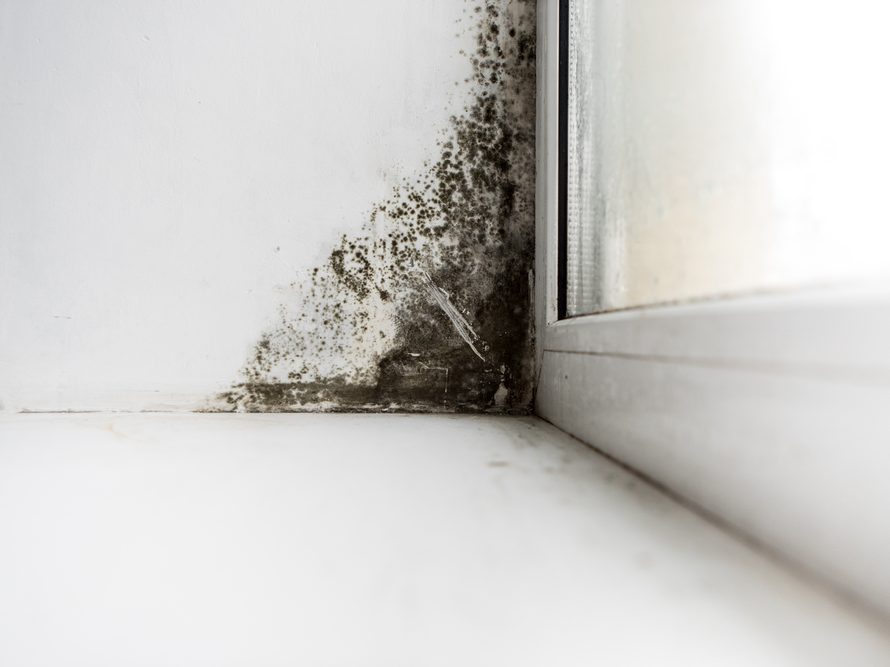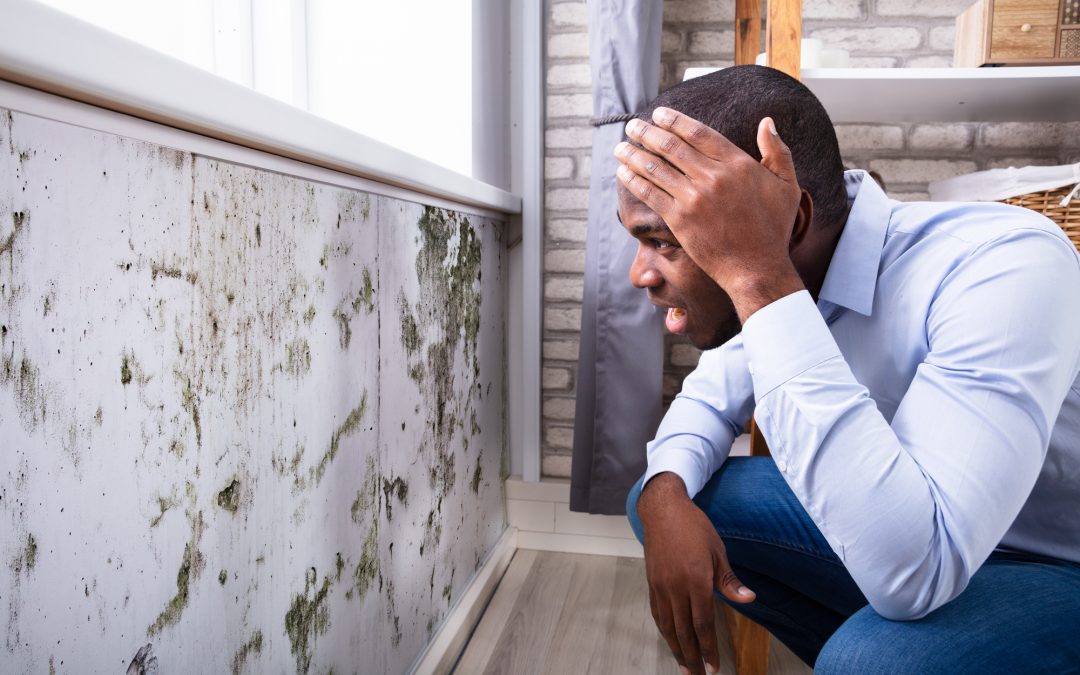Your Ultimate Guide to Post Mold And Mildew Remediation Techniques
Navigating the world of post-mold removal techniques is a careful process that demands focus to information and a comprehensive understanding of the details included. In the after-effects of mold and mildew invasion, understanding just how to properly eradicate the mold and mildew and avoid its reoccurrence is paramount for maintaining a healthy and balanced indoor environment. From choosing the right cleaning and decontaminating techniques to implementing methods for long-lasting mold and mildew prevention, each action in the remediation journey plays a crucial duty in making sure a successful result. As we start this expedition of post-mold remediation methods, we will certainly reveal the crucial techniques and ideal methods that can help you recover your space to its pre-mold condition and safeguard it versus future mold and mildew hazards.
Comprehending Post-Mold Removal Process
After completing the mold removal procedure, it is vital to recognize the post-mold removal methods that are necessary to make sure a effective and thorough cleaning. Once the mold and mildew has actually been eliminated, the next step involves cleansing and decontaminating the impacted areas to stop any type of regrowth of mold. This consists of making use of specialized cleaning up agents to clean down surface areas and kill any type of staying mold and mildew spores. It is essential to dry out the area entirely to prevent the growth of mold in the future (Post remediation mold testing near me). Proper air flow and dehumidification can help in this process.
In addition, performing a last inspection post-remediation is vital to ensure that all mold has been efficiently eradicated. If the inspection reveals any kind of sticking around mold and mildew, additional remediation may be required.
Efficient Cleaning Up and Sanitizing Methods

Preventing Future Mold And Mildew Development

Significance of Proper Air Flow
Correct air flow plays a vital role in preventing dampness accumulation, an essential factor in mold and mildew growth within interior environments. Reliable ventilation systems help eliminate excess humidity from the air, minimizing the opportunities of mold spores locating the moisture they require to spread and sprout. Without adequate air flow, interior spaces can come to be a breeding ground for mold and mildew, resulting in possible health risks and structural damages.
By guaranteeing appropriate air circulation, air flow systems can additionally help in drying moist areas more promptly after water damage or flooding cases, better preventing mold and mildew growth. Post Remediation Inspection near me. Precede like washrooms, attic rooms, cooking areas, and cellars where dampness degrees have a tendency to be higher, setting up and preserving effective air flow systems is crucial in avoiding mold invasions

Surveillance and Upkeep Tips
Provided the critical function that proper ventilation plays in avoiding mold growth, it is critical to develop effective surveillance and upkeep pointers to guarantee the continued check my site performance of ventilation systems. Regular evaluations of air flow systems ought to be performed to check for any kind of indicators of obstructions, leakages, or breakdowns that might impede appropriate air movement. Tracking moisture degrees within the building is also essential, as high moisture can add to mold growth. Setting up a hygrometer can help track moisture degrees and alert house owners to any spikes that may need focus. Additionally, making certain that air filters are regularly cleansed or changed is crucial for preserving the performance of the air flow system. Carrying out a timetable for routine maintenance jobs, such as air duct cleansing and cooling and heating system assessments, can assist stop problems before they escalate. By remaining mindful and positive to the problem of air flow systems, property proprietors can effectively minimize the risk of mold and mildew regrowth next and keep a healthy and balanced indoor setting.
Conclusion
Finally, post-mold removal strategies are necessary for making sure a clean and secure environment. Comprehending the process, carrying out effective cleaning and disinfecting techniques, stopping future mold and mildew growth, keeping proper ventilation, and normal monitoring are all essential actions in the remediation procedure. By following these standards, you can effectively get rid of mold and mildew and avoid its return, advertising a healthy living or working space for all occupants.
In the results of mold and mildew infestation, understanding exactly how to efficiently eliminate the mold and prevent its reoccurrence is vital for keeping a healthy and balanced indoor environment. As soon as the mold has actually been gotten rid of, the following step involves cleaning and disinfecting the influenced locations to avoid any regrowth of mold and mildew - Post Remediation verification. After eliminating noticeable mold and mildew growth, it is vital to clean all surface areas in the afflicted area to remove any kind of continuing to be mold and mildew click resources spores. To further boost mold prevention actions, it is necessary to address underlying problems that initially led to mold and mildew development.Offered the important function that proper ventilation plays in protecting against mold and mildew development, it is vital to establish reliable surveillance and upkeep tips to make certain the ongoing capability of ventilation systems
Comments on “Comprehensive Post Mold Remediation Procedures”